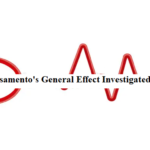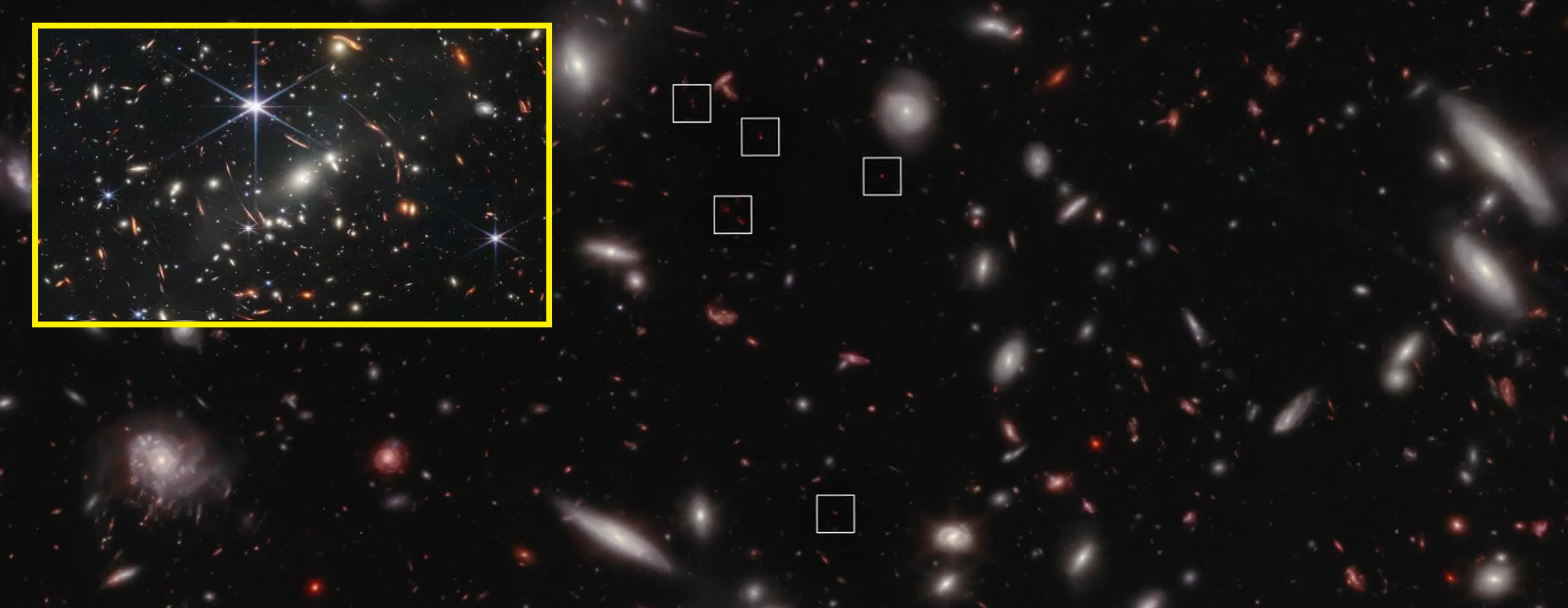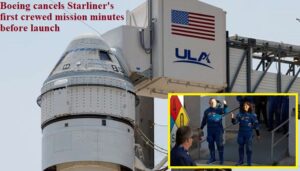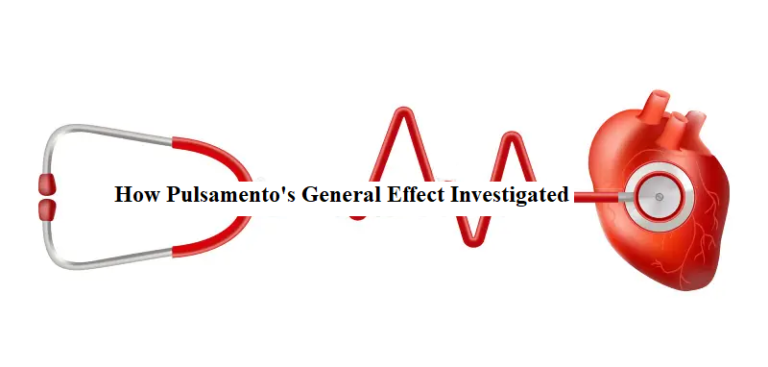Returning only a brief time frame after the gigantic impact, the James Webb Space Telescope has seen the two earliest most far off universes on the planet, as per Live Science. This new space search breaks the records set by one extra courses of action of structures, which were found by JWST last year. These systems overall date back to 330 million years after the introduction are of the universe. They further resistance how we could unravel boundless day break much further.
Other than being particularly old, the newly found universes named JADES-GS-z14-0 and JADES-GS-z14-1 are additionally bizarrely massive for such an early time in vast history as well as being exceptionally old, as per the exposure paper scattered May 28 to the preprint server arXiv.
- “It is staggering that the Universe can make such a system in just 300 million years,” lead center around creator Stefano Carniani, who is comparably an accomplice teacher at the Scuola Normale Superiore in Pisa, said in an explanation.
- Researchers have assessed how universes develop, yet subtleties in their beginning stage of approach remained covered in wonderful floods of secret.
- An overall get-together, including Kyoto School and Hallowed individual Mary’s School, has now found a youth system made conceivable as indicated by the perspective of the James Webb Space Telescope or JWST.
- This youngster huge structure shows check that its critical improvement is the result of a consolidating occasion of two extra genuine universes accumulated without any hesitation all through the entire presence of our universe.
- These two extra honest universes, named as ELG1 and ELG2, can likewise be found in the JWST pictures, assisting the social event with bettering distance how systems structure.
“Due to Einstein’s gravitational lensing or distorting impact applied through the JWST, we can see the huge system two times, similar to a desert dream, since light contacts us from two perhaps various headings,” says Marcin Sawicki at Favored individual Mary’s School in Nova Scotia.
Gigantic structure style
“From zeroing in on the actually envisioned gigantic structure, we tracked down that when more modest sub-parts, like the ELG1 and ELG2, impact and mix, universes can go through remarkable improvement showers of star strategy,” sorts out Kyoto U’s lead producer Yoshi Asada. The JWST information, secured by the overall social affair, revealed two photographs of the joining vainglorious systems, made by the twisting of light around the mass blend of the world pack Macintoshes 0417 that lies between the spectators and the hardening universe pair.
- Confirmation of the progression of hot vivacious stars inside the youthful universes is the flicker trapped in the photographs accomplished by the ionized hydrogen gas.
- Asada has chipped away at JWST information with other space science experts in Canada, including Teacher Sawicki. Both are individuals from the Canadian NIRISS Fair Pack Study, or CANUCS joint effort, which centers around the progress of universes.
- Utilizing the James Webb Space Telescope, a social occasion of specialists saw the introduction of three youngster boundless structures that were shaping basically a super a short period of time after the Huge blast, making them likely the most vigorous universes whenever saw.
- The general social affair of analysts particular their disclosures in a single more review circled in the diary Science.
From an assistant of 12 far off universes, the specialists saw that three of them were encased by a curiously high extent of hydrogen gas, a main part to improve stars and systems driving the experts to reason that these universes were effectively being framed.
The evaluation ought to uncover information into the introduction of the veritable universe and how it made in its earliest years a genuinely critical time span back. “You could say that these are unquestionably the first ‘immediate’ pictures of gigantic system improvement that we’ve seen,” conveyed School of Copenhagen space science assistant teacher and the review’s lead creator Kasper Elm Heintz in an explanation. “Anyway the James Webb has actually shown us early universes at later times of progress, here we witness their genuine birth, and thusly, the headway of the key star structures in the universe.”
Extending the Limits
The specialists hope to foster this exposure with more understanding time with the James Webb Space Telescope. “For the present, this is associated with organizing our sharp perspective on immense systems being shaped in amazingly more basic subtlety than as of now,” conveyed School of Copenhagen doctoral understudy and audit c0author Simone Vejlgaard in the explanation. “Simultaneously, we are constantly trying to broaden the restriction of how far out into the universe we can see. Along these lines, maybe we’ll appear at basically further.”
Considering the James Webb, we’ve had the decision to examine the earliest days of the universe, permitting us to get a predominant insight of how systems are envisioned and the way that they cultivate more than billions of years.
Solicitation that we people have dependably introduced
“Possibly of the main solicitation that we people have dependably introduced is: ‘Where do we come from?'” communicated center around co-producer and School of Copenhagen stargazing educator Gabriel Brammer. “Here, we piece together a touch a more unmistakable proportion of the response by revealing information into the second that a piece of the universe’s most principal plans were made.” “A correspondence we’ll take a gander at further, until ideally, we can fit on a very basic level more bits of the problem together,” he added.






















+ There are no comments
Add yours